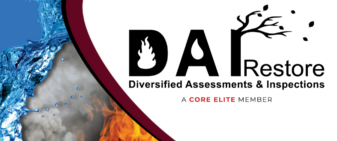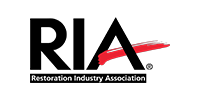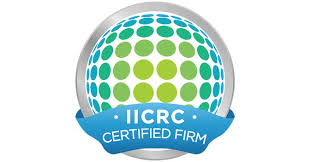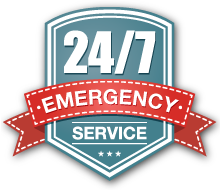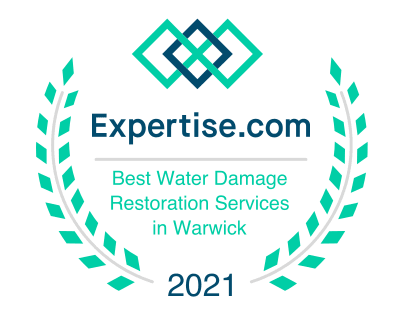What are the most common causes of water damage?
- Plumbing failures (pipe leaks, clogs, and bursts)
- Water Heater leaks and releases
- Appliance failures (dishwasher, washing machine, refrigerator)
- Toilet, Sink & Tub overflows/backups
- Ice Dams
- Roof Leaks
- Storm Drain & Gutter backups
- Natural Disasters
- Sump Pump failures
- Sprinkler/Fire Extinguishing Systems
Is DAI certified for professional removal and remediation of water?
DAI Restore’s IICRC certified staff of technicians have been educated and trained in all aspects of water damage restoration.
How do you charge for water damage?
A detailed estimate and scope of work will be completed, through all steps of restoration, including reconstruction and detailed cleaning.
What kind of tools do you use to inspect a water damaged home?
We use moisture sensors, thermal imaging cameras, infrared thermometers, invasive or non-invasive moisture meters, and thermo-hygrometers.
What type of drying methods do you use?
We use a few kinds of methods, based on the severity and nature of the damage:
- Disruptive drying methods are used when removal or manipulation of the affected materials is required. These methods involve removing wet items, injecting air to speed drying, or perforating surfaces to allow evaporation.
- Aggressive drying methods are used when contamination and damage are not concerns, and when it is more cost-effective to dry than to replace.
- Air movement methods promote fast drying of surfaces and provide air circulation of an entire indoor space.
- Dehumidification methods reduce the amount of moisture content in the air. The drying system is balanced through dehumidification by the dehumidifier removing the moisture that air movers have blown away from wet materials. Types of dehumidifiers that may be used are Conventional Refrigerant dehumidifiers, Low Grain Refrigerant (LGR) dehumidifiers, and Desiccant dehumidifiers.
When is the job finished?
No water mitigation job is considered complete until all of the affected areas and materials are clean, dry, and are in equal or better appearance and function than they were before the water loss occurred.
